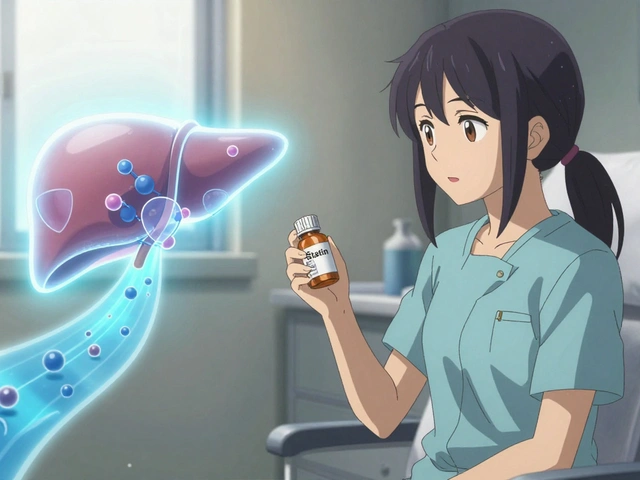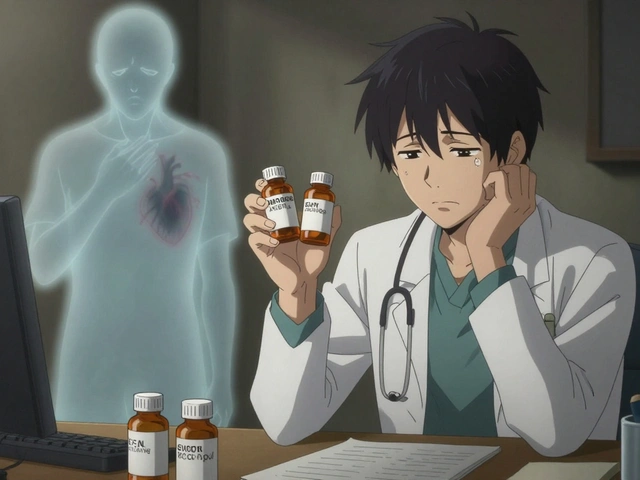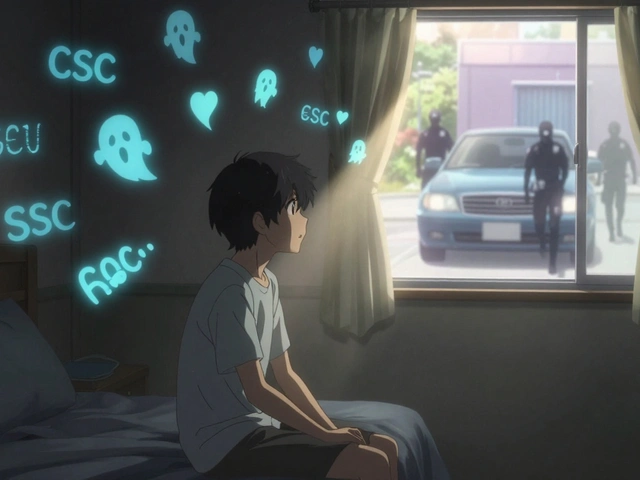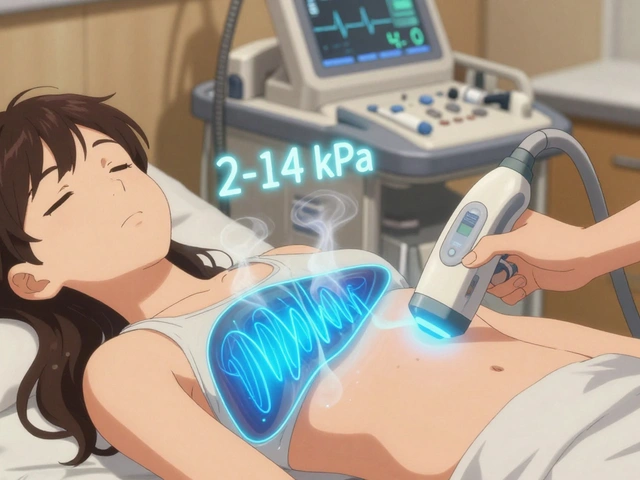Blood Clots: What They Are and Why You Should Care
Blood clots are more common than you might think, and knowing the basics can literally save your life. They form when your blood thickens and clumps together, creating a barrier inside your blood vessels. While clots help stop bleeding when you get a cut, clots inside your veins or arteries can be dangerous, blocking blood flow and causing problems like deep vein thrombosis (DVT) or even strokes.
So, how do you know if a clot is forming? Some typical symptoms include swelling, pain or tenderness in your limbs, redness, or warmth around the affected area. Sometimes, clots don’t cause clear symptoms but can still be harmful, especially if they travel to your lungs (known as pulmonary embolism) which can cause chest pain, difficulty breathing, and rapid heartbeat. If you ever notice these signs, don't wait—seek medical help immediately.
Who’s at Risk and How to Stay Safe
Everyone can get a blood clot, but certain factors increase your risk. If you’ve recently been inactive for a long time—like on a long flight or after surgery—your risk goes up. Conditions such as obesity, smoking, pregnancy, and some medications can also increase your chances. Older age and family history play a role too.
Preventing clots involves staying active, drinking plenty of water, and avoiding sitting or standing still for too long. Simple moves like stretching your legs during a flight can make a difference. If you’re at higher risk, your doctor might recommend blood thinners or compression stockings as extra protection.
Treatment Options: What Happens If You Have a Clot?
If diagnosed, treatment depends on where the clot is and how serious it is. Doctors often use medications like anticoagulants (blood thinners) to stop clots from growing or new ones from forming. In some cases, clot-dissolving drugs or procedures are needed. The key is early detection and following your doctor's advice closely.
Knowing the facts about blood clots helps you take charge of your health. Stay alert to symptoms, understand your risk, and adopt habits that keep your blood flowing smoothly. When it comes to blood clots, a little awareness goes a long way in preventing serious problems.
Blood Clots and Varicose Veins: Is There a Connection?
In my recent research on blood clots and varicose veins, I discovered that there is indeed a connection between the two. Varicose veins, which are swollen and enlarged veins, can cause blood to pool and lead to the formation of blood clots. This condition, called superficial thrombophlebitis, can be painful and may require medical attention. However, it's important to note that not all cases of varicose veins will lead to blood clots, and many people with varicose veins live without complications. To reduce the risk, it's recommended to maintain a healthy lifestyle, exercise regularly, and consult a doctor if you're concerned about your vein health.
Continue Reading



